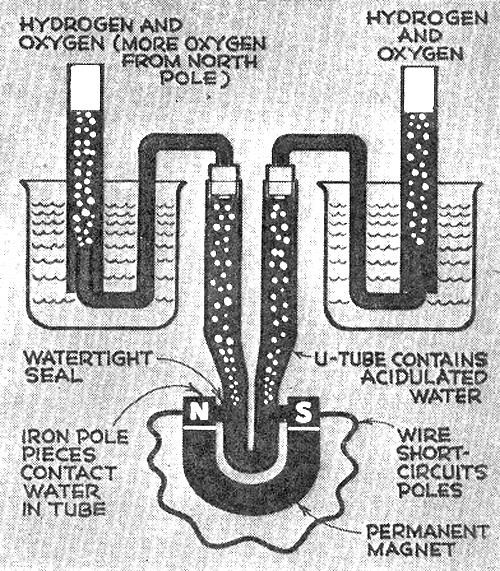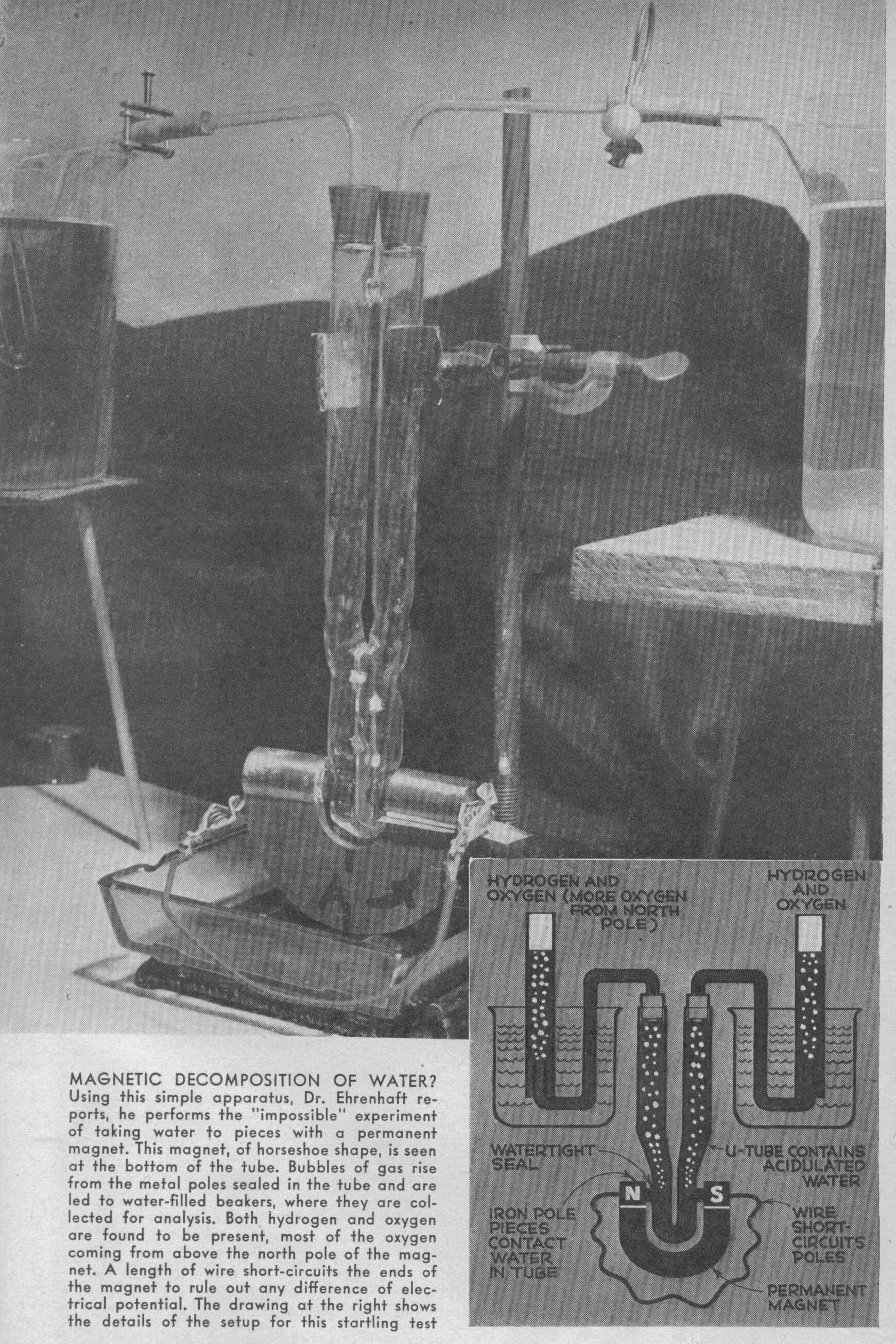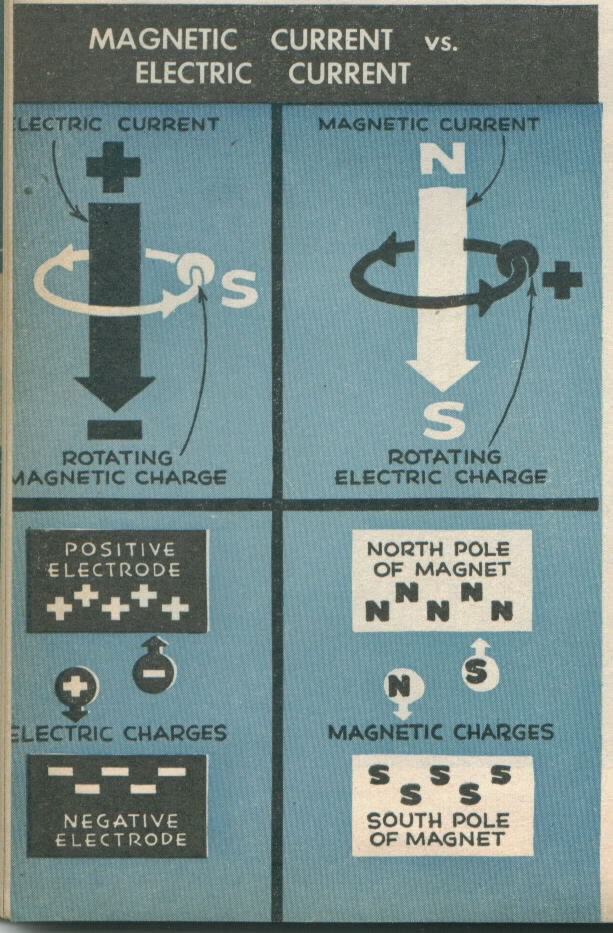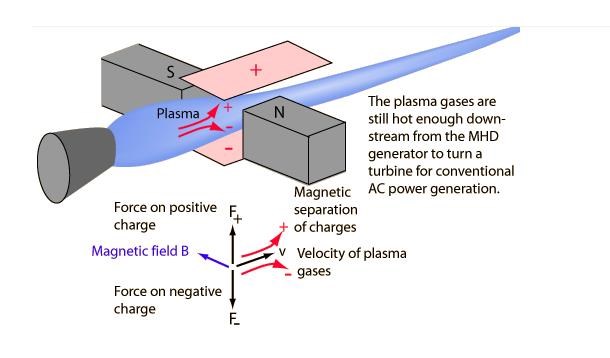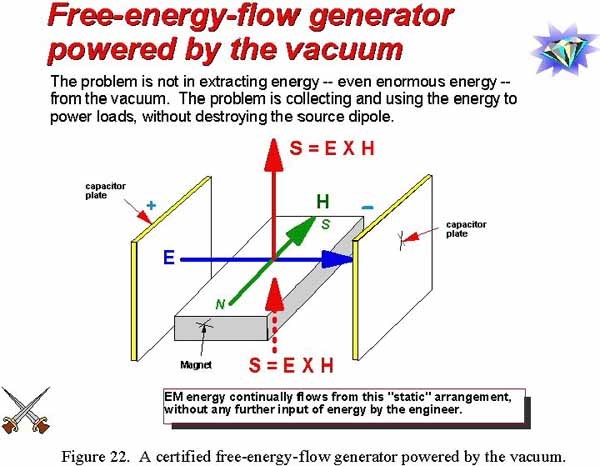Zanzal
posted this
07 January 2018
Interesting idea, looks like something fun to experiment with. Are the metal plates the same metal? How do they acquire their charge exactly, or do you believe the magnets will cause this charge separation to occur? How will you keep your magnets from overheating and losing magnetism if your device is exposed to fire?
As for me, 24 or 12 Vdc output will be fine. How I can calculate power of the device when knowing approximately ionization rate?
Sorry, no idea. Are you sure this device actually works as you've drawn it? If you've already built a prototype to prove the concept then calculations would be a good next step for understanding scalability, but I'd start with a prototype first to prove the working principle.
Also what kind of dc/dc invertor should I use to convert 100-700vdc to 12/24vdc?
This is not as complicated as it might sound. Unless the device is producing many watts of power, its maximum voltage potential is not so important. You see for potential in a device to build to 700V it first has to surpass 12 volts. What that means is if your device could build 700V of potential but in the off state you connect it to a massive capacitor bank it must first exceed the max voltage on the capacitor bank before there is an issue.
So then all you need to do is regulate the voltage to your capacitor bank and cut off the flow while the capacitor bank voltage is high. Now if your device can source many many watts of power, a simple DIY regulator might not do, but before you invest too much time into that you should first build a prototype to better understand what your device can do.






